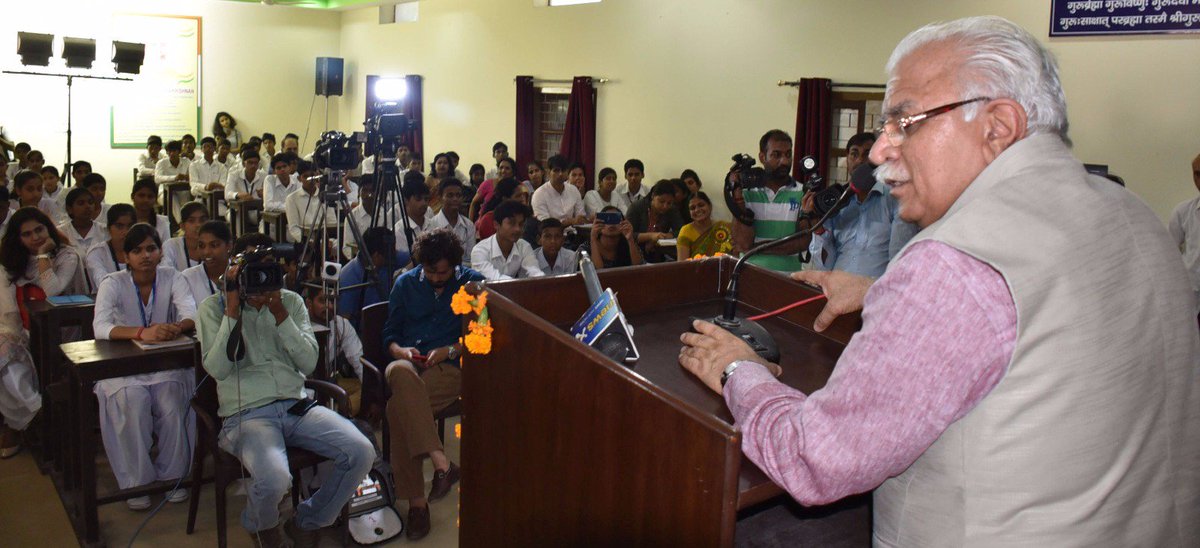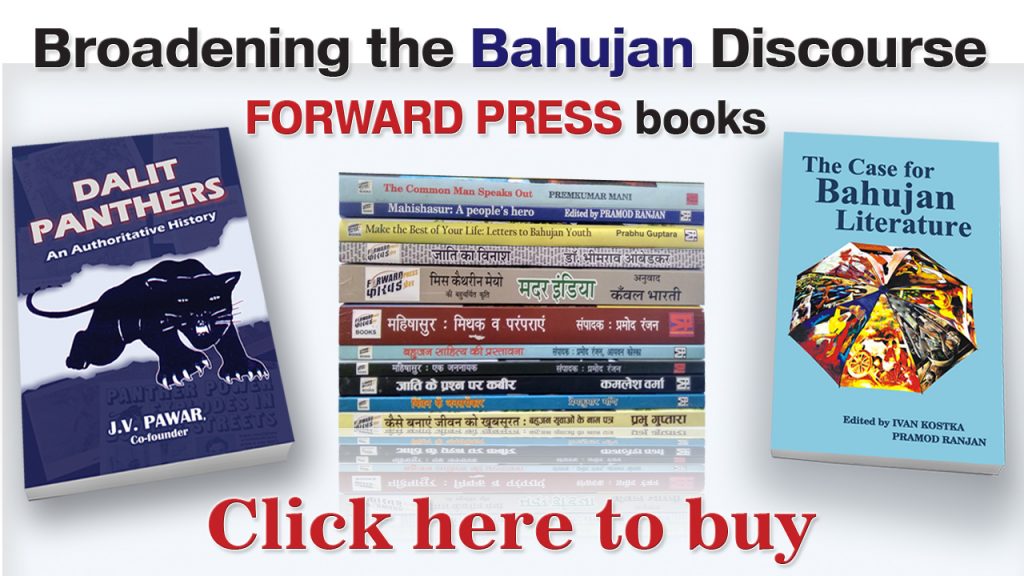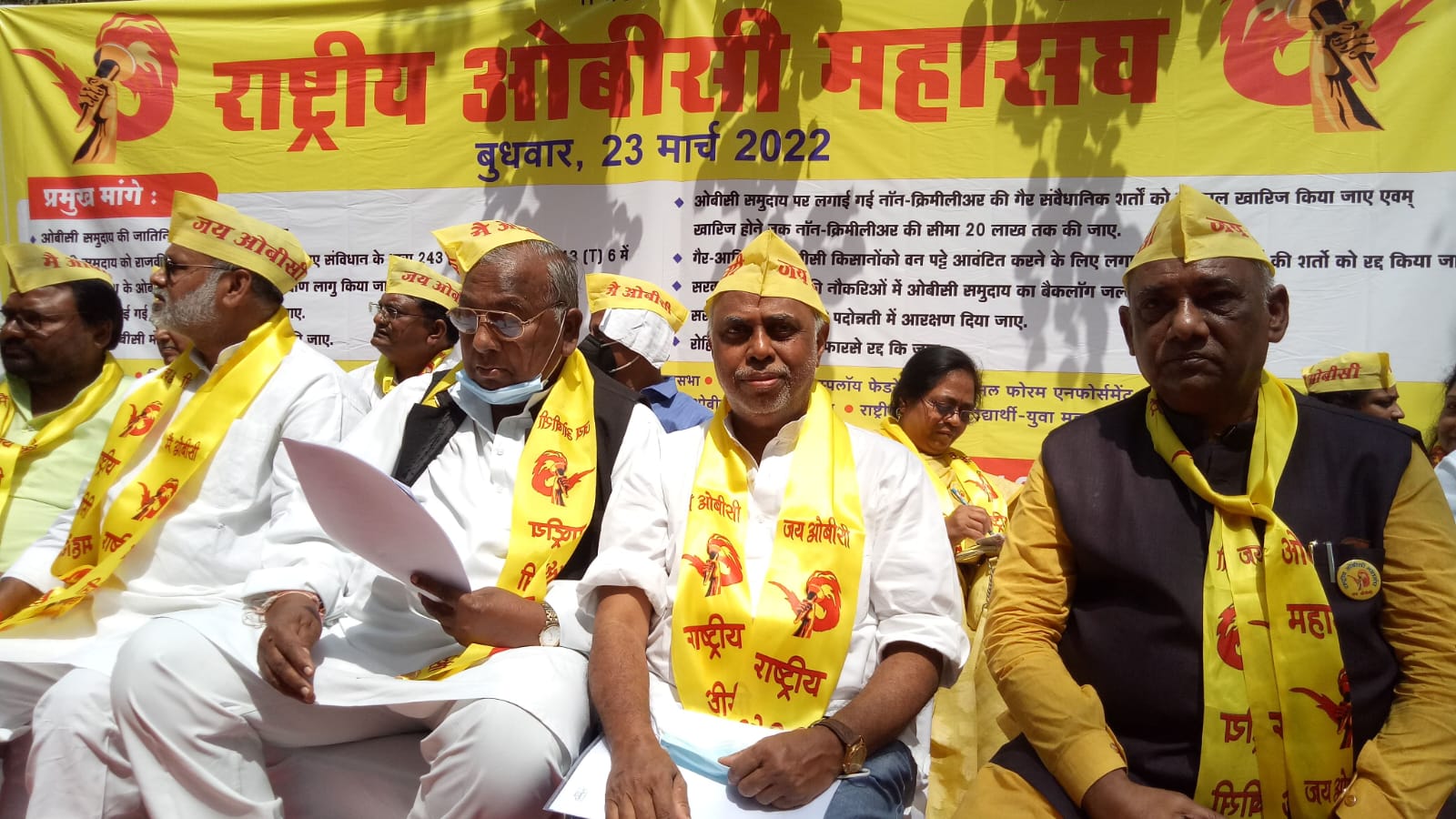On 6 April 2022, the Supreme Court made a very telling comment on the Right to Education (RTE) Act. A division bench of Justices Shripathi Ravindra Bhat, U.U. Lalit and P. S. Narasimha said that while proposing any programme, the government should take its financial implications into account. The bench noted that the Right to Education Act was a classic example of what happens when this is not done. The law has been promulgated but there aren’t enough schools to ensure its implementation.
The apex court’s comment is entirely valid. The state of education in the country is dismal. For the past 75 years, India has been categorized as a developing country. Educated and healthy citizens are the prerequisites for any country to be developed. The Indian Constitution, which came into force on 26 January 1950, promised free and compulsory education for all children (Article 45). It said that this target would be achieved within 10 years. According to the National Statistical Office (NSO) data, India’s current literacy rate is 77.7 per cent, which means that around 30 crore Indians still cannot read or write.

A NITI Aayog report says that India needs to spend 6 per cent of its Gross Domestic Product (GDP) on education. But according to the Economic Survey 2021-22, the current figure is 3.1 per cent. Education has been included in the concurrent list of the Constitution, which means that both the central and the state governments are responsible for education. But 85 per cent of the funds spent on education come from the state governments. According to the Union Ministry of Education, in the year 2020-21, more than half of the students in the country were studying in government schools. These mainly include children from Scheduled Caste (SC), Scheduled Tribe (ST), nomadic and Pasmanda Muslim communities. Due to the onset of the Covid pandemic, the enrolment in government schools was higher in the year 2020-21 compared to the previous year. A fall in the income levels was cited as the reason for this increase in enrolment in government schools. According to a 2019 report of the Unified District Information System (UDISE), the enrolment in government schools has been falling consistently for the past 50 years. The reason is quite apparent. Parents know that the government is not interested in bettering the standards of its schools and so only those who cannot afford the fees of the private schools send their wards to state-run schools. In fact, many of those who have their children admitted to private schools do so not because they can afford the fees but because they know the poor condition of the government schools.

The NITI Aayog rates Mewat (adjoining Gurugram) in Haryana as the most backward district of India. Mewat has a substantial population of Pasmanda Muslims. According to a report of the Haryana Education Department, Mewat has been the worst performer among all the districts of Haryana. Almost 50 per cent of the posts of teachers in the government schools in Mewat are lying vacant. In December 2021, the Haryana government told the state assembly that in the Muslim-dominated Mewat, 64 per cent posts of Trained Graduate Teachers (TGTs) were vacant and overall shortage of teachers was 49 per cent. As we know, children are the future of the country. So, we can safely assume that Mewat will continue to be backward for the next 10 to 15 years because the “future” of Mewat is attending teacher-less schools. Many government schools in other parts of Haryana are overstaffed but the teachers simply do not want a posting in a district that is largely home to the deprived.
According to the Haryana Compendium of Statistics, Mewat and Nuh districts have the lowest teacher-student ratio among all districts. And it is the highest in Gurugram, adjoining Mewat. The ratio in Gurugram is 2.25 times higher than in Mewat. While there is one teacher for every 16 students in Gurugram, the corresponding figure for Mewat is 36.
Recruiting teachers from among the locals can be an obvious solution to the problem. But that would mean giving government jobs to the Muslims of the area, which no one wants to do. It is common knowledge that jobs are in great demand in our country. A similar situation prevails in schools in predominantly SC-ST areas. It is common for teachers from the dominant communities to discriminate against children from these sections.
(Translation: Amrish Herdenia; copy-editing: Anil)
Forward Press also publishes books on Bahujan issues. Forward Press Books sheds light on the widespread problems as well as the finer aspects of Bahujan (Dalit, OBC, Adivasi, Nomadic, Pasmanda) society, culture, literature and politics. Contact us for a list of FP Books’ titles and to order. Mobile: +917827427311, Email: info@forwardmagazine.in)
The titles from Forward Press Books are also available on Kindle and these e-books cost less than their print versions. Browse and buy:
The Case for Bahujan Literature
Dalit Panthers: An Authoritative History






